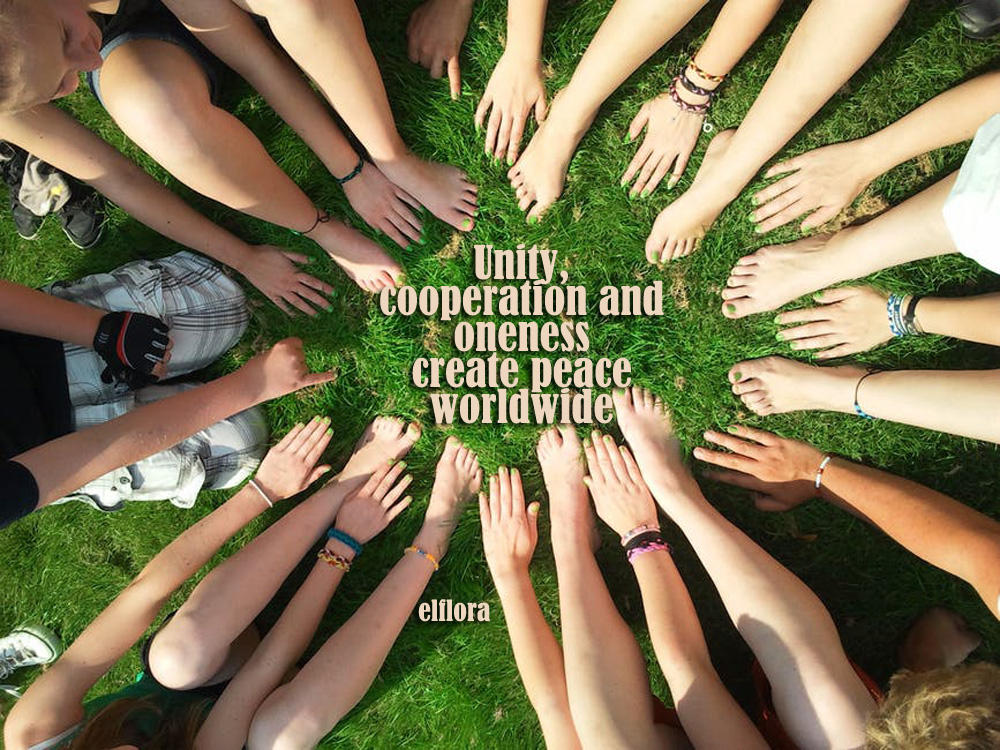

This debate intensified after the collapse of the Soviet Union. When a nationalist journal published Rusofobiya in 1989, it triggered an acrimonious debate between pro-Western liberals and Russian nationalists about the safest road out of totalitarianism. Shafarevich’s essay attracted little attention until the collapse of censorship during Mikhail Gorbachev’s reforms. On the basis of a misleading selection of texts, he alleged that Russophobia was dominated by Jewish intellectuals whose hatred of Russia was inflamed by the Talmud and guilt about the role of Jews in the Bolshevik Revolution. In Shafarevich’s account, Russophobes were analogues of Cochin’s “Small People”. The creator of ‘Russophobia’, Igor Shafarevich. Even as he was claiming to de-Nazify Ukraine, Putin was using terms that had been coined, shaped and popularised by the Russian far right. What is obscured by Putin’s conflation of Russophobia and neo-Nazism is the sinister lineage of his own vocabulary. Then, as missiles began falling on Ukrainian cities, and Bucha and Mariupol became synonyms for atrocities, the spectre of Russophobia became both a justification for war and an explanation for international sanctions. On the eve of the war, he denounced “extreme nationalism’ for taking the form of "aggressive Russophobia and neo-Nazism”. Ukrainian Russophobia, he claimed last December, is a first step towards an anti-Russian genocide. Last month, the Russian foreign ministry sanctioned 121 Australians (including me) for “forming the Russophobic agenda in this country”.Īccording to Putin, Russophobia is nothing less than an existential threat. Internationally and on the home front, his propagandists claim they are fighting “Russophobes”, enemies motivated by a visceral hatred of Russia’s culture and people. At the legislative elections held on 9 April 2006, the party won 15.3% of the popular vote and 17 out of 120 seats in Congress.No concept is more central to Vladimir Putin’s propaganda today than “Russophobia”. Flores placed third in the presidential vote, behind Ollanta Humala of the Union for Peru and Alan García of the Peruvian Aprista Party, and did not participate in the June 2006 run-off vote. The party participated in the 2006 national election on 9 April, and was again headed by Lourdes Flores Nano. National Solidarity's leader Luis Castañeda Lossio ran for mayor of Lima in 2002 under National Unity's banner, defeating the incumbent Alberto Andrade, from Somos Perú and a former Christian People's Party member himself. PPC and SN renewed their alliance until 2010. Its members were initially the Christian People's Party, National Solidarity, National Renewal and Radical Change, but the latter two left the coalition, following the 2006 national election and during the campaign, respectively. The Party itself was a loose alliance of the constituent political parties. At the legislative elections held on the same day, the party won 13.8% of the popular vote and 17 out of 120 seats in the Congress of the Republic. The party participated in the 2001 presidential election, on 8 April 2001, when its candidate, Lourdes Flores Nano, won 24.3% of the vote.


National Unity was founded in 2000 by Lourdes Flores Nano and was considered Peru's third largest party. National Unity was a Peruvian center-right, mainly Christian democratic electoral alliance. Freebase Rate this definition: 2.6 / 18 votes


 0 kommentar(er)
0 kommentar(er)
